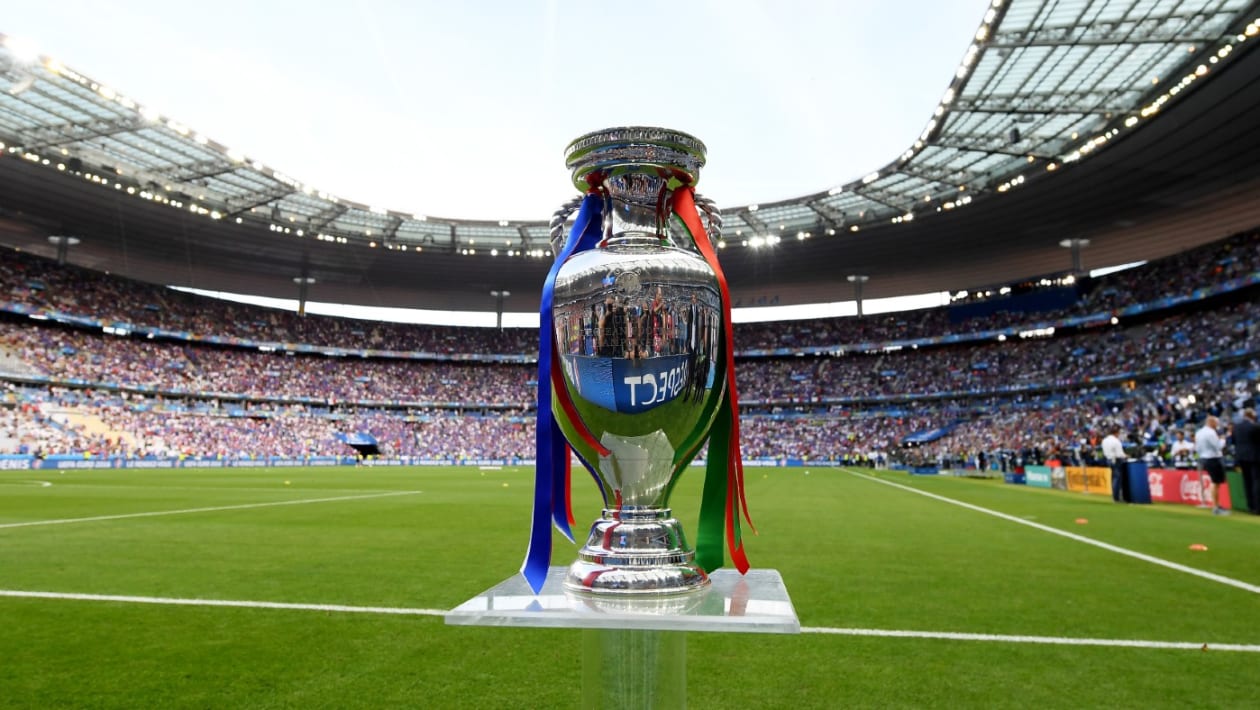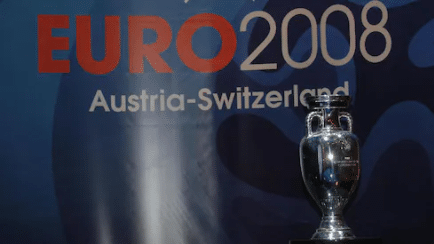Italy or England will earn themselves footballing immortality when one of the finalists wins the UEFA EURO 2020 title at London’s Wembley Stadium on Sunday – and the players and their celebrating fans will fully grasp the extent of this achievement at the moment that their proud skipper triumphantly raises the Henri Delaunay Cup.
The coveted trophy that symbolises European national team football’s premier competition bears the name of the French football administrator who played a crucial role in UEFA’s birth in June 1954, and who served as UEFA’s first general secretary until his untimely death in November 1955.
Henri Delaunay’s dream
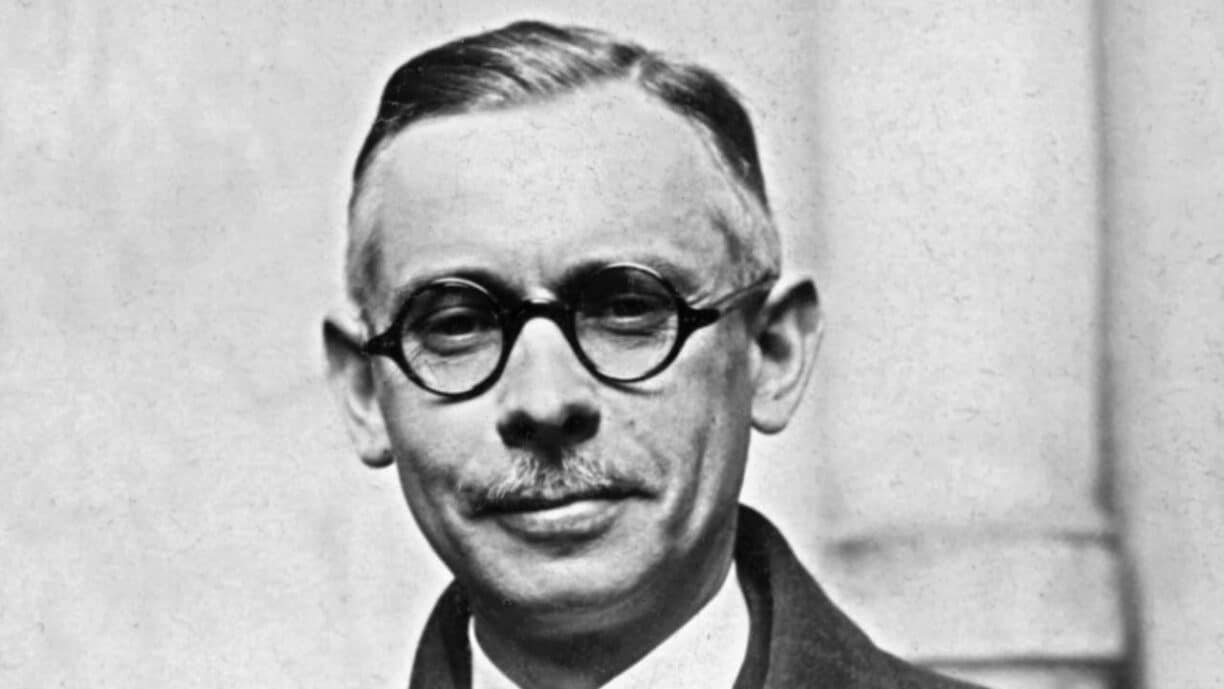
It does so in particular because Henri Delaunay was the prime catalyst in the process that led to the launch in the 1950s of the European Nations’ Cup – the competition that would eventually become the UEFA European Football Championship and blossom into one of the world’s major sporting spectacles.
Delaunay had nurtured the dream of setting up a European competition for national teams since the 1920s, and tenaciously pursued his dream as UEFA took its first faltering steps. Sadly, he would not live to see that dream fulfilled – but his pioneering groundwork would never be forgotten.
When the new competition was finally launched at the UEFA Congress in Stockholm in June 1958, Ebbe Schwartz – UEFA’s first president – proposed that in recognition of the creative role played by Henri Delaunay, the trophy awarded to the winners should carry his name.
The French Football Federation (FFF) president Pierre Pochonet announced at the same time that his association was going to offer the trophy. The subsequent task of having the new silverware manufactured fell upon Henri Delaunay’s son Pierre, who had succeeded his late father as UEFA general secretary in 1956 and maintained the impetus that led to the momentous decision in Stockholm.
Trophy idea
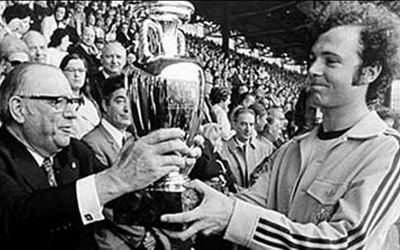
“Europe is a word of Greek origin,” Pierre Delaunay told UEFA Direct in September 2005. “Europe certainly originated in the Mediterranean Basin, and Greece invented the Olympic Games, so I thought it would be a good idea to find an ancient Greek artefact, depicting a ball if possible – something which was not particularly common – and reproduce this in the form of a trophy.”
“A Greek journalist who was a friend of Constantin Constantaras, a member of the [UEFA] Executive Committee, found a sculpture of an athlete controlling a ball at the National Archaeological Museum in Athens. The Parisian silversmith Chobillon, who was commissioned to make the trophy, reproduced it on the cup, on the opposite side to the title.”
The original trophy was bought later by the Arthus-Bertrand company in Paris. It was on show for the first time at the inaugural four-team Nations’ Cup final tournament in France in 1960, and would be hoisted by winning captains 12 times in total.
A new version
The sculpture in question did not survive the recasting of the trophy by the renowned London-based goldsmith, silversmith and jewellers Asprey in the run-up to UEFA EURO 2008 in Austria and Switzerland.
In the intervening years, the Nations’ Cup had been renamed the UEFA European Football Championship for the 1966–68 edition, and the number of participants rose in relation to the competition’s growth in stature and appeal – firstly from four to eight in 1980, and then to 16 for the 1996 tournament in England.
As the championship took its exalted place alongside the FIFA World Cup and Summer Olympic Games on the podium of global sporting attractions, UEFA decided that an updated version of the trophy was required to reflect the prestige and appeal of what was now widely known as the ‘EURO’.
UEFA wanted to improve on the quality and scale of the trophy, in order to have a focal point for the EURO – the feeling was that the original trophy was too small and overshadowed by other UEFA competition trophies to do this.
Asprey were ideal for the job of reincarnating the trophy. But there was never any debate about the new silverware’s name – Henri Delaunay’s eternal legacy would remain intact.
The second version of the trophy is still based on the original version. It is made of sterling silver and is 60cm tall, 18cm higher than the original, and weighs 8kg, which is 2kg heavier than the first trophy.
There are other minor differences between the original and updated versions – the silver base was enlarged to make it stable. In addition, the names of the winning countries that had appeared on the plinth have been engraved on the back of the trophy.
Coveted by the stars
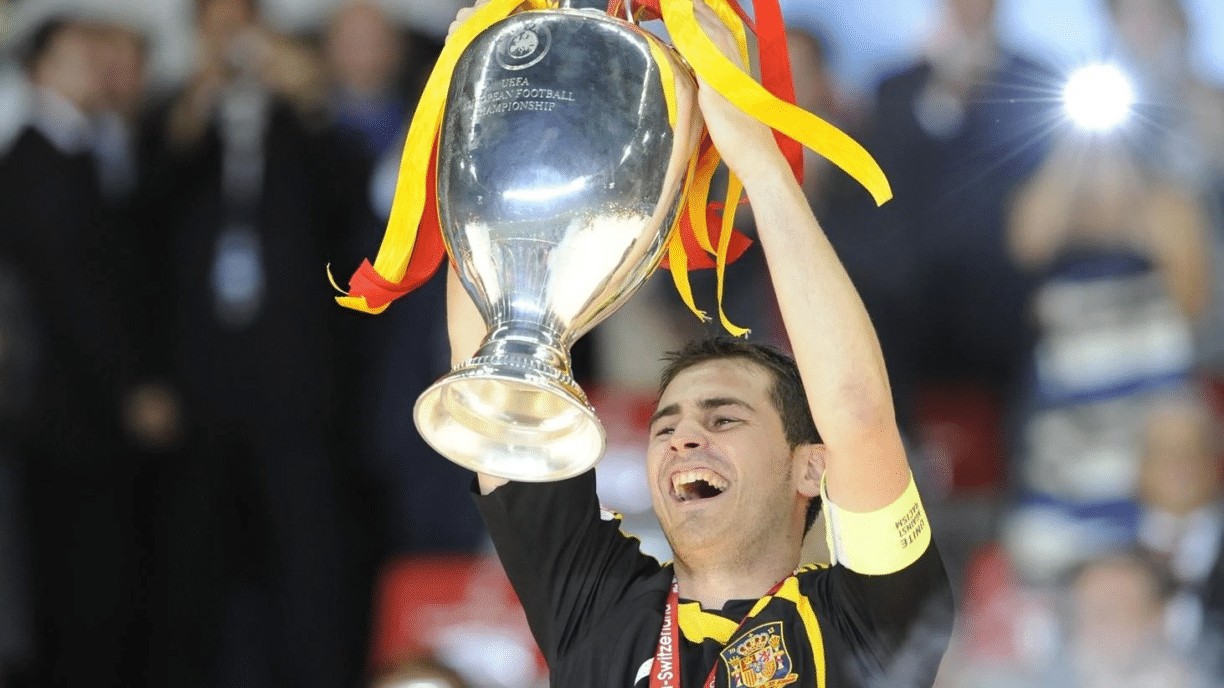
The new trophy was unveiled at the EURO 2008 qualifying competition draw in Montreux, Switzerland, on 26 January 2006. When the final tournament took place two years later, Spain’s goalkeeper Iker Casillas enjoyed the privilege of becoming the first skipper to lift the updated version after his team’s victory over Germany in Vienna.
Europe’s finest players feel intense pride in representing their country – and brandishing the Henri Delaunay Cup remains a target that they yearn to reach when they don their national team shirt.
The football world is not only looking forward with eager excitement to watching Sunday’s final unfold. In particular, fans of Italy and England are also certainly trying to envisage in their minds how they will feel and react when their victorious captain receives the Henri Delaunay Cup from UEFA President Aleksander Čeferin, raises this iconic prize to the skies and completes another important chapter in football’s rich and enduring history…
